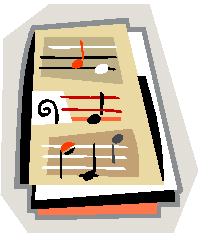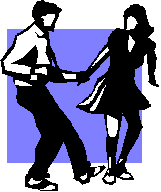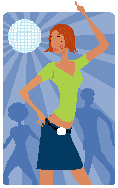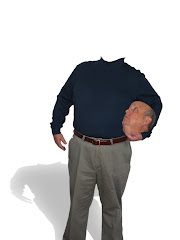A march usually starts with a fanfare, a sort of introduction to the rest of the march. This is the part that grabs the listener, and it tends to be the most exciting and intense area of the whole march. It's played with a powerful attack and can be of varying length, but it's typically shorter than any other part.
After the fanfare, a march moves into its first strain. This part backs off the fanfare a bit but still retains the same intense, powerful attack. It usually lasts for about 16 measures.
The second strain of a march is where the first melody appears and is repeated. Dynamically, it falls somewhere between the fanfare and the first strain but is slightly more focused than either; the melody here is a very important element.
The third strain of a march, also called the trio, is the quietest part of the song; it provides quite a dynamic jump from the second strain. This part of a march is generally more mysterious or elusive. It often changes to a minor key or at least adds a few accidentals.
The last major change in a march is the fourth strain, also known as the break strain. This part is dynamically and melodically similar to the second strain and is often a return to the original repeating melody. Because this part of a march is so similar to the second strain (though frequently shorter), an altered version of the second strain is sometimes tacked on and followed to the end of the march.
___________________________











